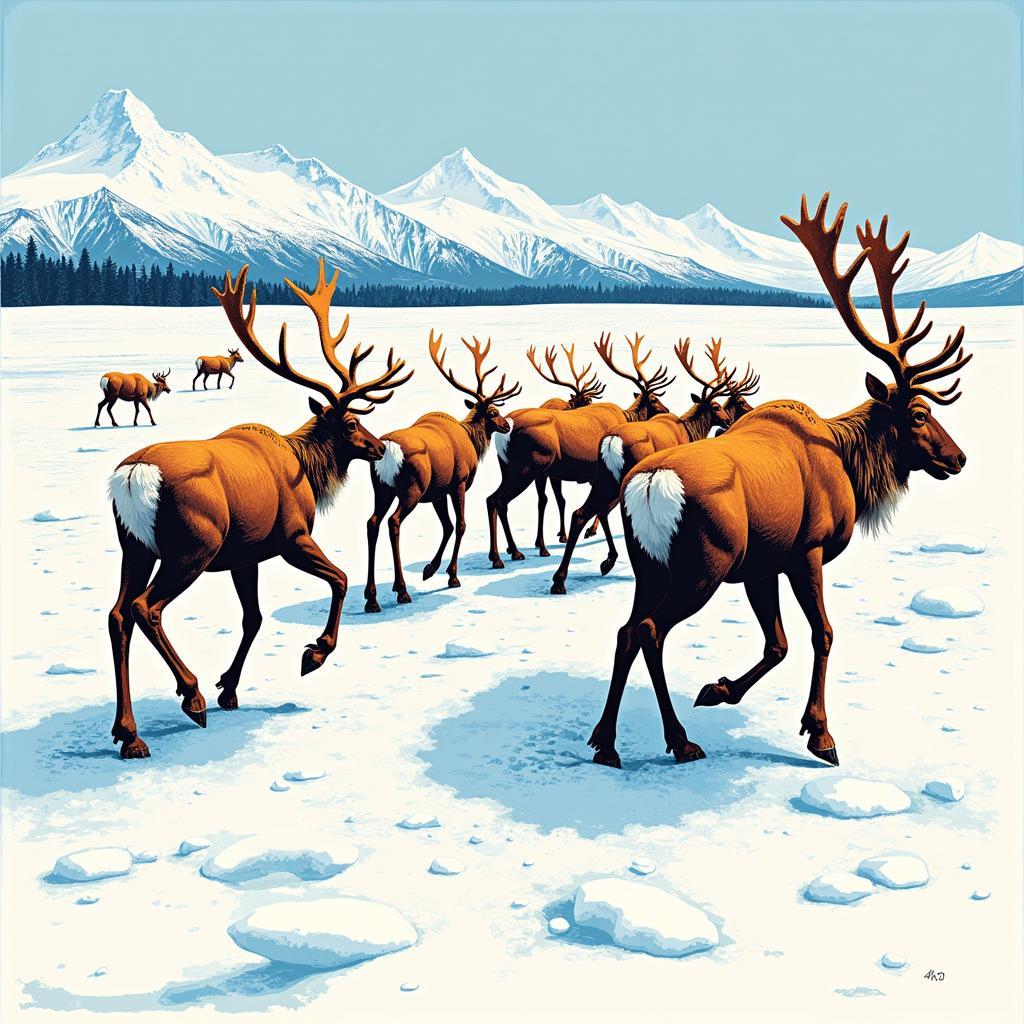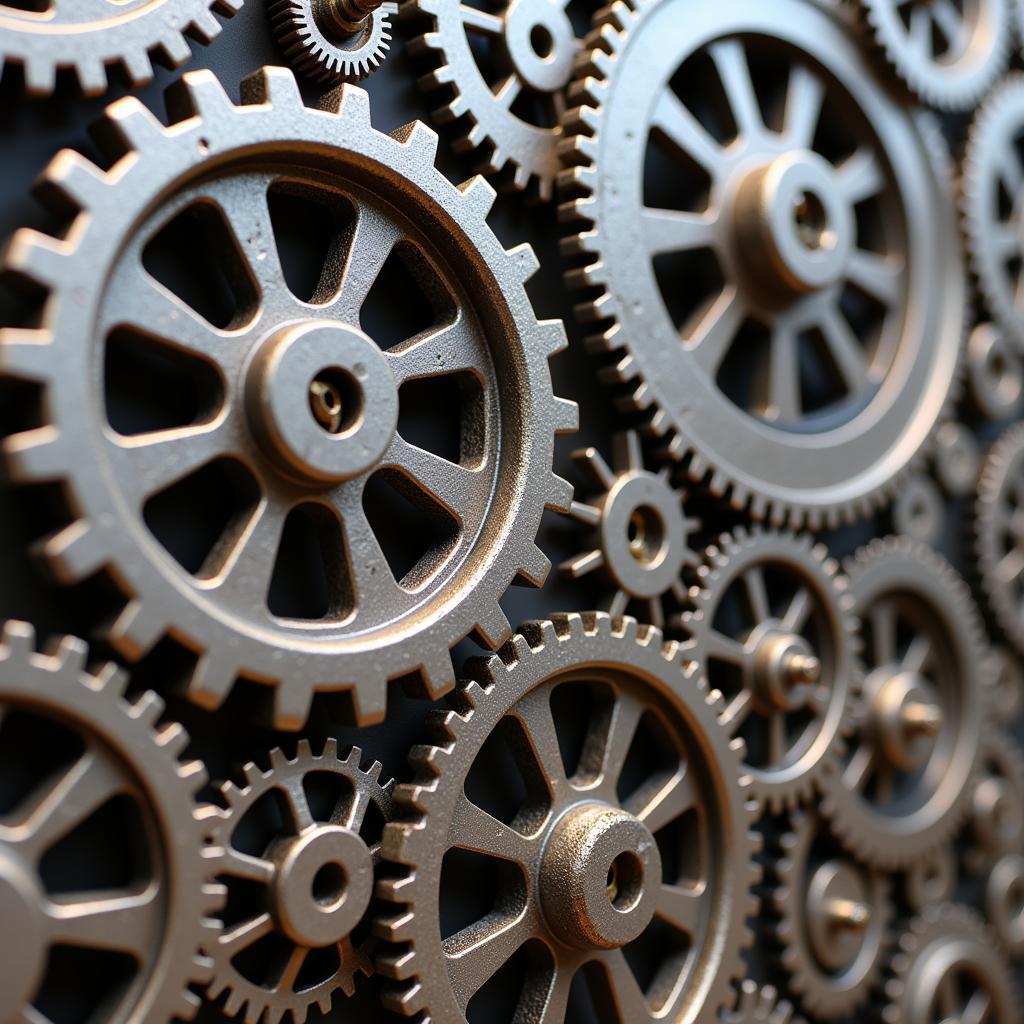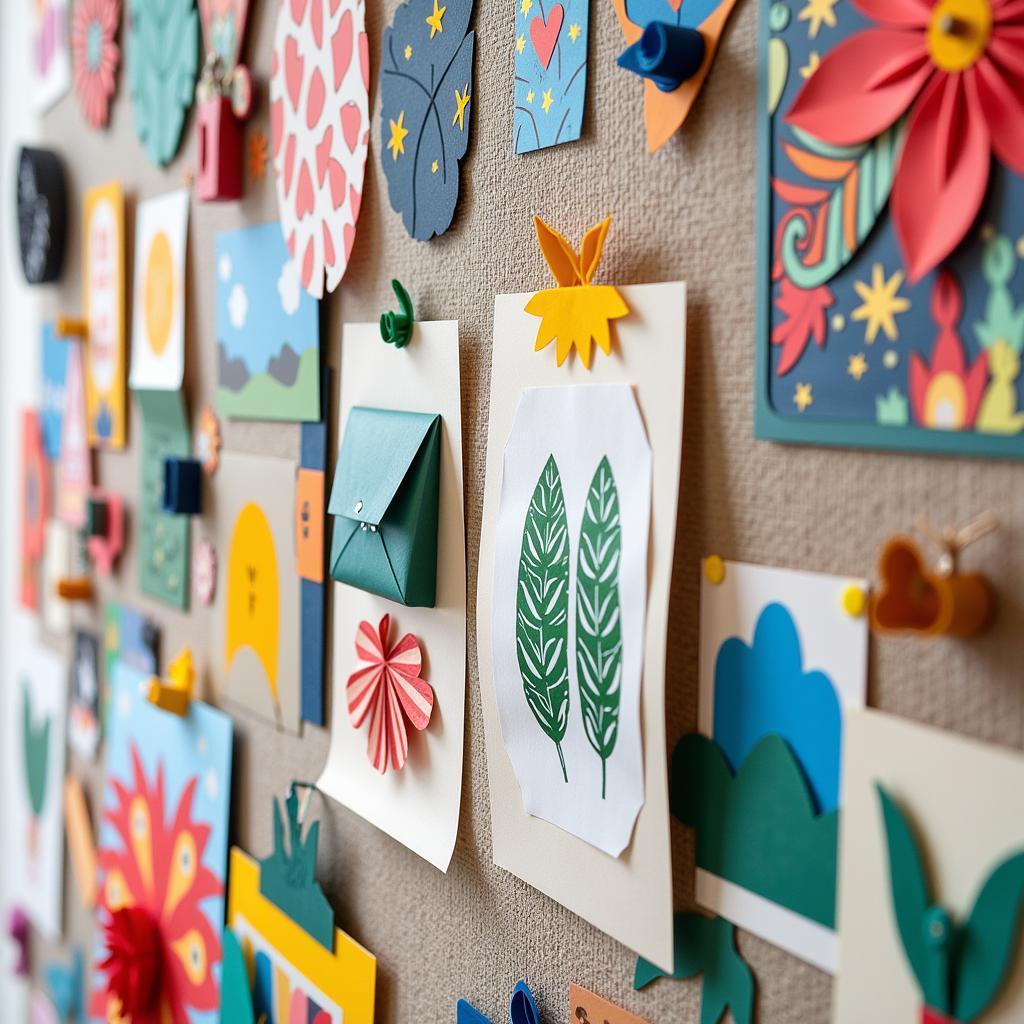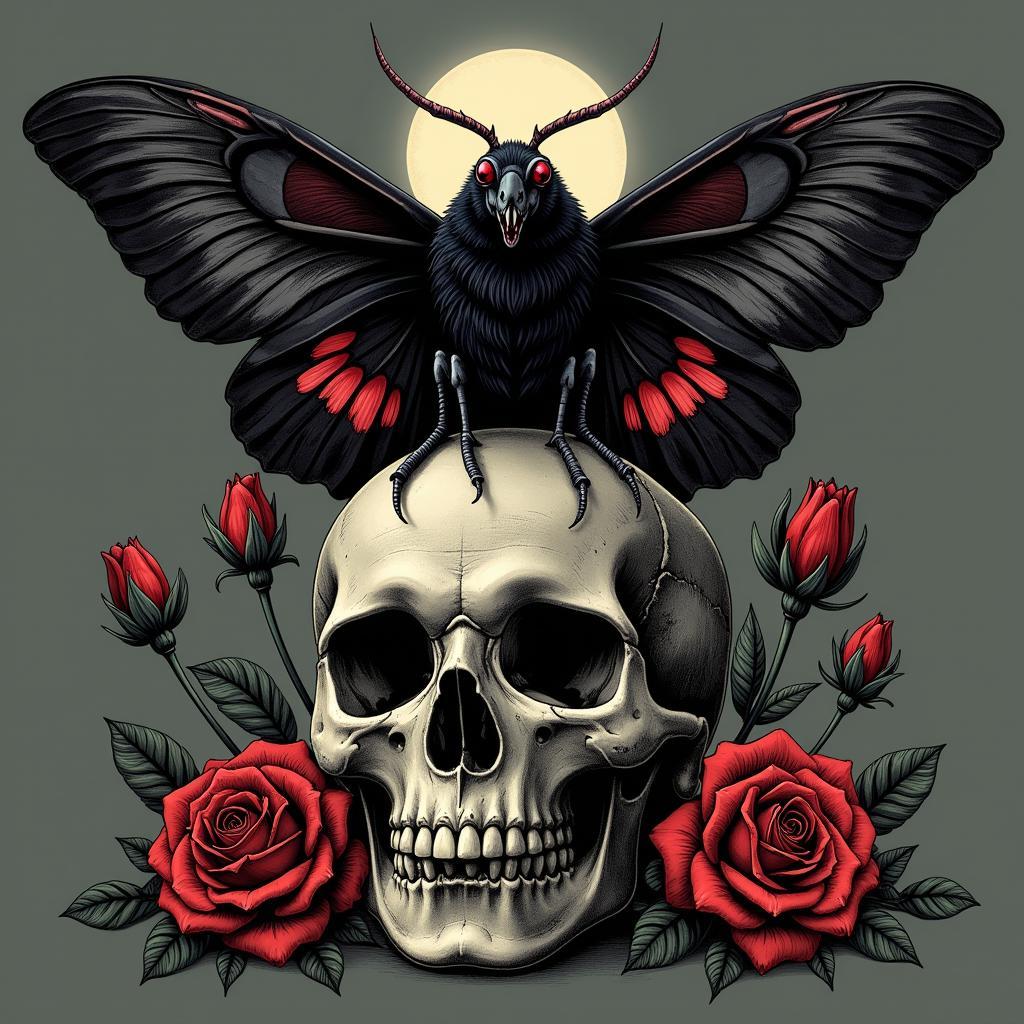Exploring the Wild Beauty of Inuit Art Animals
Inuit Art Animals are powerful representations of the Arctic’s unique wildlife, capturing the spirit and essence of creatures integral to Inuit culture and survival. From majestic polar bears to agile caribou, these artistic expressions offer a glimpse into a world where humans and animals coexist in a delicate balance. These artworks aren’t simply aesthetic; they’re narratives woven into the fabric of Inuit life, passed down through generations and reflecting a deep connection to the natural world. Explore with us the fascinating world of Inuit art, focusing on the captivating depiction of animals.
The Significance of Animals in Inuit Art
Animals hold a central place in Inuit culture, representing not only a source of sustenance but also spiritual guides and powerful symbols. This profound connection is vividly reflected in their art, where animals are portrayed with reverence and meticulous detail. Whether carved from stone, etched into bone, or sewn into intricate tapestries, each piece tells a story, preserving traditions and beliefs. Traditional art forms offer a tangible link to the past, connecting contemporary Inuit communities with their ancestral heritage. Similar connections can be seen in traditional Nigerian art, reflecting the rich cultural heritage of another distinct group of people.
Many Inuit artists focus on depicting animals they encounter in their daily lives, such as seals, whales, and birds. These animals are not just subjects of art; they are integral to Inuit survival, providing food, clothing, and tools. The act of creating art becomes a way of honoring these creatures and acknowledging their vital role in the Arctic ecosystem. It also serves as a way to pass down knowledge about hunting practices, animal behavior, and the intricate relationship between humans and the natural world.
You might also appreciate the artistic traditions of the Cheyenne tribe art, which also heavily features animals symbolic to their culture.
Traditional Materials and Techniques in Inuit Art Animals
Inuit art is deeply rooted in tradition, employing materials readily available in the Arctic environment. Stone, bone, ivory, and antler are skillfully transformed into sculptures, while animal hides and furs are used to create clothing and wall hangings adorned with intricate embroidery. Each material possesses its own unique qualities, influencing the final form and character of the artwork. For instance, the hardness and translucence of soapstone allow for detailed carvings, while the softness of caribou antler lends itself to intricate engravings.
Over time, Inuit artists have also incorporated new materials, reflecting the evolving relationship between tradition and modernity. Prints and drawings have become popular mediums, allowing artists to explore different styles and reach wider audiences. The use of these contemporary methods often complements, rather than replaces, traditional techniques, ensuring the continuity of artistic expression within Inuit communities.
 Inuit Print Depicting Caribou Migration
Inuit Print Depicting Caribou Migration
What are some common motifs in Inuit animal art? Common motifs include hunting scenes, animal spirits, and depictions of transformation and mythology, often showcasing the interconnectedness of the physical and spiritual worlds.
Inuit Art Animals: A Window into Arctic Life
Inuit art provides a powerful window into the unique challenges and beauty of life in the Arctic. The depiction of animals goes beyond mere representation; it reveals a deep understanding of animal behavior, ecological relationships, and the importance of respecting the natural world. These artworks serve as a testament to the resilience and adaptability of Inuit culture, celebrating the enduring bond between humans and animals in one of the harshest environments on Earth. You can find inspiring projects that embrace this connection in Arctic art projects.
The art also serves as a vital means of preserving and transmitting cultural knowledge. Stories, myths, and legends are embedded within the artwork, ensuring that future generations can connect with their heritage and learn from the wisdom of their ancestors. The artistic expressions serve as a powerful reminder of the importance of maintaining cultural traditions in a rapidly changing world.
Explore more art inspired by magnificent sea creatures, like Orca whale art, which similarly captures the beauty and power of these animals. You can also discover the unique artistic expressions of aboriginal art utopia, showcasing another rich tradition of animal depictions.
Conclusion: The Enduring Legacy of Inuit Art Animals
Inuit art animals stand as powerful symbols of a culture deeply connected to the natural world. These artworks offer a unique perspective on the Arctic ecosystem, celebrating the beauty and resilience of its wildlife. By preserving traditional techniques and embracing new mediums, Inuit artists ensure that the stories and wisdom embedded within their art continue to inspire and educate for generations to come. Inuit art animals are more than just beautiful objects; they are living narratives that connect us to the heart of the Arctic and its enduring legacy.
FAQ
-
What is the primary material used in Inuit sculptures? Stone, bone, antler, and ivory are commonly used.
-
What do animals represent in Inuit art? Animals represent sustenance, spiritual guides, and powerful symbols.
-
How are traditional techniques being preserved? Through mentorship and community art centers.
-
Where can I see Inuit art? Museums, galleries, and online platforms showcase Inuit art.
-
What is the significance of storytelling in Inuit art? It preserves cultural knowledge and traditions.
Common Questions about Inuit Art Animals
- How do I identify authentic Inuit art?
- What are the price ranges for different types of Inuit art?
- Are there specific artists I should look out for?
Further Exploration of Art and Culture
Explore more about diverse art forms, from traditional Nigerian art to the captivating world of Cheyenne tribe art.
Need Help? Contact us.
Phone: 02462573573
Email: [email protected]
Address: Savico Megamall, 7-9 Đ. Nguyễn Văn Linh, Gia Thụy, Long Biên, Hà Nội 10000, Việt Nam.
We have a 24/7 customer service team.




